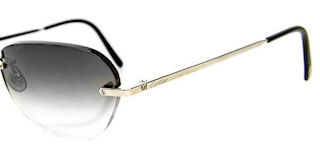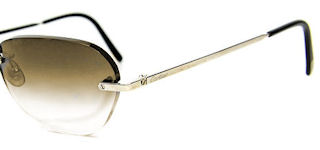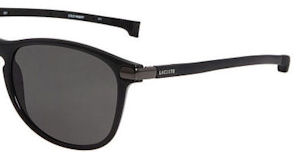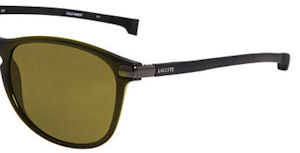There is no such thing as eyeglass lenses being are scratch-proof. Nor plastic , glass or poloycarboate material can withstand the daily wear of glasses being used. The glasses will be dropped, the glasses will be scratched by putting them into your case, the glasses will certainly be exposed to the wiping of the lens with a microfiber cloth. No matter how hard you are going to work to protect your investment, they will still get scratched
The only way to protect the lenses from scratching is applying what is known as Scratch Resistant Coating. Anti-Scratch as its sometimes called is a process that treats front and back of the lens with an optically clear hard film. These films are made out of materials such as diamond carbon DLC and polycrystalline diamond PCD. The process of ionization creates a thin but extremely durable film on the top of the lens. This durable anti-scratch film is invisible to the naked eye.
The most benifit is for the kids. Kids will throw their glasses around more then anybody. Once lenses get scratched they must be replaced. You can not buff out most deep scratches in lenses. Scratch resistant coatings are typically optional, make sure you add this coating to your lens to protect your investment. Please dont assume that a scratch-resistant coating will completely protect your lenses from wear and tear. Your lens is not invinsible. It still must be protected. Keep your glasses in a case, and clean them with a microfiber cloth and the cleaning solution that you can purchase on our website along with your order. There are certain cases where a scratches can be removed from the lens. We offer this service of scratch removal in our eyewear repair section of the website. Before replacing your lenses, you may want to send them in to fix. do not use products that promise to repair your scratched lenses. These products may fill in the scratches, but it is impossible for them to make the scratches to disappear without being buffed and polished by a professional.













 Crizal Alizé Eliminates Annoying Cleaning Problems
Crizal Alizé Eliminates Annoying Cleaning Problems


